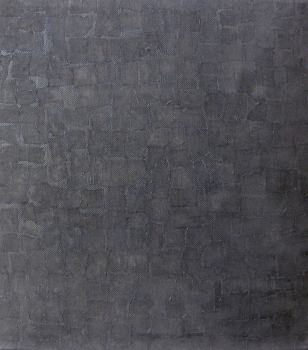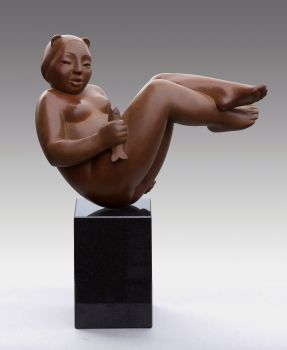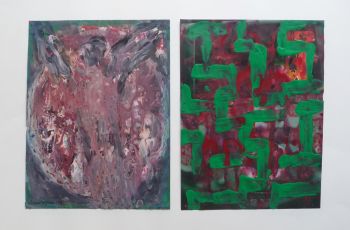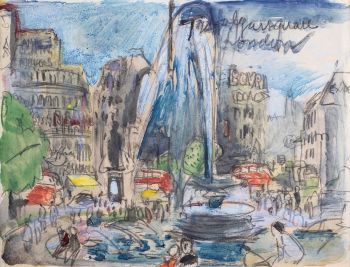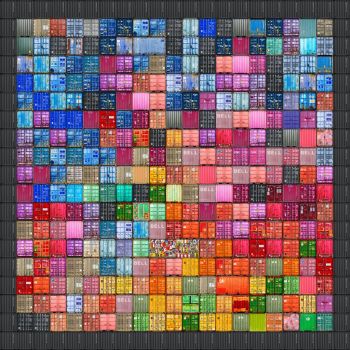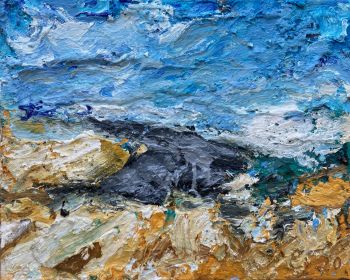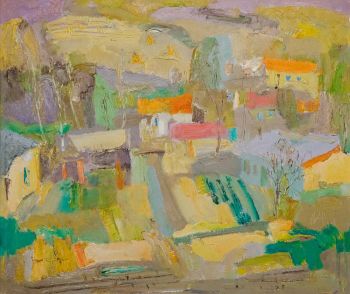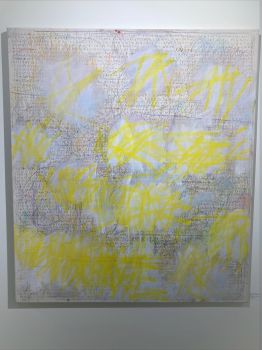Banksy’s identity may be uncovered by looking at what inspired him
Earlier this year, media from all corners of the world rushed to report that Banksy’s identity was finally revealed.
After years of speculation it was DJ Goldie, an English musician, who, through a slip of the tongue, revealed Banksy as Robert del Naja, a member of the renowned music group Massive Attack and well-known graffiti artist from the 1980’s, prior to forming the band.
While Del Naja has always denied being Banksy, others believe that he is simply the leader of a group of artists working under the Banksy brand.
For years the world has been dying to discover the person(s) behind the artist Banksy. From a graffiti-spraying outlaw to one of the most influential people in 2010 according to Time Magazine, the brand Banksy undeniably rings a bell with almost anyone who’s ever set foot outside their house.
And as much as his identity and the Banksy artworks have been covered, so little has been said about where his inspiration comes from.
First things first: The Banksy facts
But before we dive into their provocative and confronting art, let’s look at some Banksy facts first; Banksy is an anonymous England-based street artist, whose art combines a dark sense of humour with everyday life.
Banksy is especially known for their stenciling technique of graffiti, with which they depict social and political commentary on current events. Stencils are cut-out sheets of cardboard.
Due to Banksy’s secretive nature, the exact techniques are still uncertain but many believe they use computers to create the majority of Banksy’s photographic quality artworks.
In the street art world stenciling is often frowned upon and labeled ‘cheating’ but as later explained by Banksy it was a necessity in order to finish the art while not being caught doing it.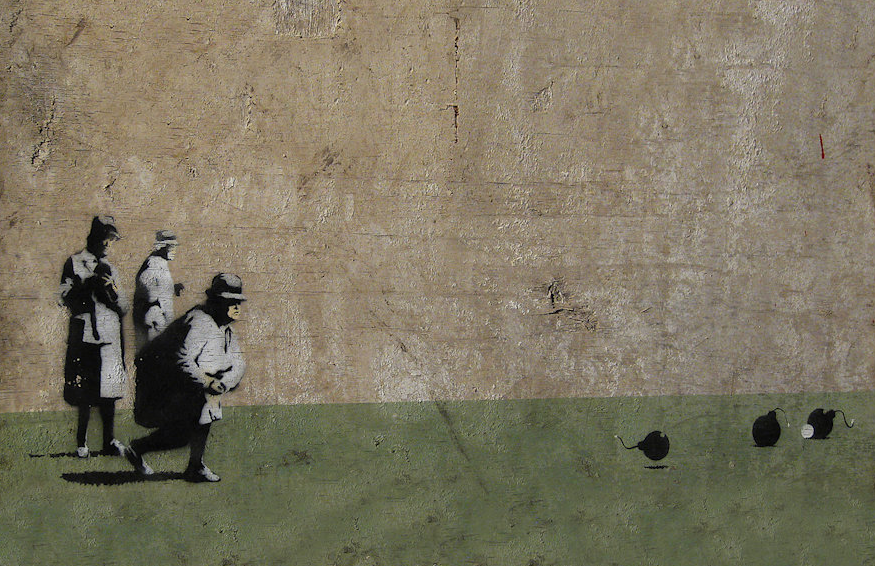
Bombing Middle England - Banksy
In the early 1990’s, Banksy worked with artists Kato and Tes in Bristol, United Kingdom, during which time he met photographer Steve Lazarides.
Later on, Lazarides went and became Banksy’s agent and started selling Banksy artworks. His art, or stencils, often features anti-establishment and anti-war slogans, their message empowered by depicting humans as rats or apes.
His human depictions are mostly soldiers and policemen or, at the other end of the spectrum, children and the elderly to show the struggle for, and inequality of, power.
Growing the Banksy brand
Over the years the Banksy brand grew and with that brand the crimes [graffiti is a crime and many who were found guilty were sentenced to jail] became innocent and glorious outbursts of creativity in the eyes of many.
With each newly discovered mural, their splendour and value grew as did the number of Banksy art for sale. Famous collectors of Banksy artworks include Christina Aguilera, Brad Pitt and Mark Getty, grandson of J. Paul Getty.
When Sotheby’s auctioned three of Banksy’s works on 21 February 2007 and the hammer slammed down at over £100,000 for one of them, Bombing Middle England, there was no way the global art industry could deny Banksy a place in their midst.
With this success came an uprising of street artists worldwide, which journalist Max Foster later coined ‘the Banksy effect’. Of course, coming from an anti-capitalism and anti-establishment background, these auctions did not necessarily appeal to Banksy.
The day after the auctions Banksy updated their website to show an auction house with people bidding an artwork that read; “I can’t believe you morons actually buy this shit”. Despite or perhaps because of this statement interest in Banksy art grew to new levels.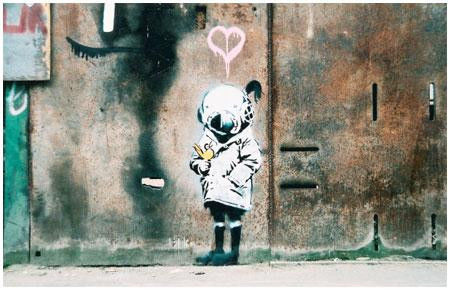
Space Girl and Bird - Banksy
The hype around Banksy’s artworks
People close to, or ‘touched’ by Banksy put mobile homes and even entire houses up for auction because they had murals by Banksy on them.
A mobile home, once bought for a mere £1,000, sold for £500,000, or rather, the 30foot mural on the mobile home did. In April of that year Banksy set a new record with the sale of Banksy’s artwork ‘Space Girl and Bird’ when it was auctioned for £288,000 at Bonham’s in London. It was around 20 times the auction house’s estimate.
As could be expected of controversial art, not everyone was as happy and enthusiastic about Banksy’s artwork. In 2007, Transport for London, the London train and tube operating company, painted over Banksy’s image of Quentin Tarantino’s Pulp Fiction scene, in which Samuel L. Jackson and John Travolta aim bananas (in stead of guns) at one of their victims.
Despite its popularity, TfL stated that the image contributed to a disrespect for public property, encouraging crime.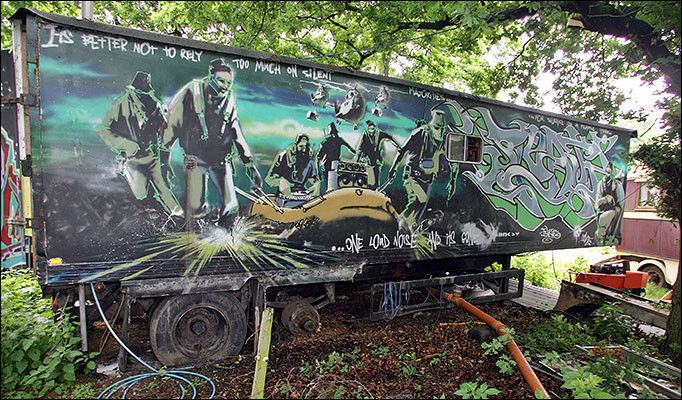
A Banksy spray painted mobile home sold for £500,000.
Though still unidentified, Banksy does not shy away from collaborations with artists and musicians, fuelling those who believe him to be Del Naya.
His 2010 documentary ‘Exit through the Gift Shop’ debuted at Sundance Film Festival and was nominated for an Academy Award for Best Documentary later that year.
Finding the inspiration in Banksy’s art
It’s clear that current affairs play an undeniable role in Banksy’s art, but apart from contemporary sentiment, what effect have they had on the production process?
When asked, Banksy says they were inspired by Bristol-based street artists like 3D, who later became the founding member of Massive Attack, Nick Walker and Inkie.
But it wasn’t just street art that inspired Banksy. True to their own style, Banksy incorporated many famous artists in their artworks.
Show me the Monet was based on, as you might have guessed by the name, Claude Monet (1840-1926). Banksy transformed his Water Lillies to a contemporary scene showing the juxtaposition between society and nature.
In another artwork, Banksy used Edward Hopper’s Nighthawks, remaking it into a UK football hooligan scene. Hopper (1882-1967), a prominent American realist painter, was known for his urban and rural scenes; his oil paintings and watercolours reflected his vision of modern American life.
No matter which artist inspires Banksy, they’ll always make sure their version is set in the here and now. When Banksy reworked Andy Warhol’s (1928-1987) world-famous Marilyn Monroe pictures, they used silk-screen prints and Kate Moss, still one of the most influential faces of today. The series eventually sold at Sotheby’s London for 5 times it's estimate.
Less outspoken by the artist themselves, comparisons to Jean-Michel Basquiat and Keith Haring have circulated since the beginning.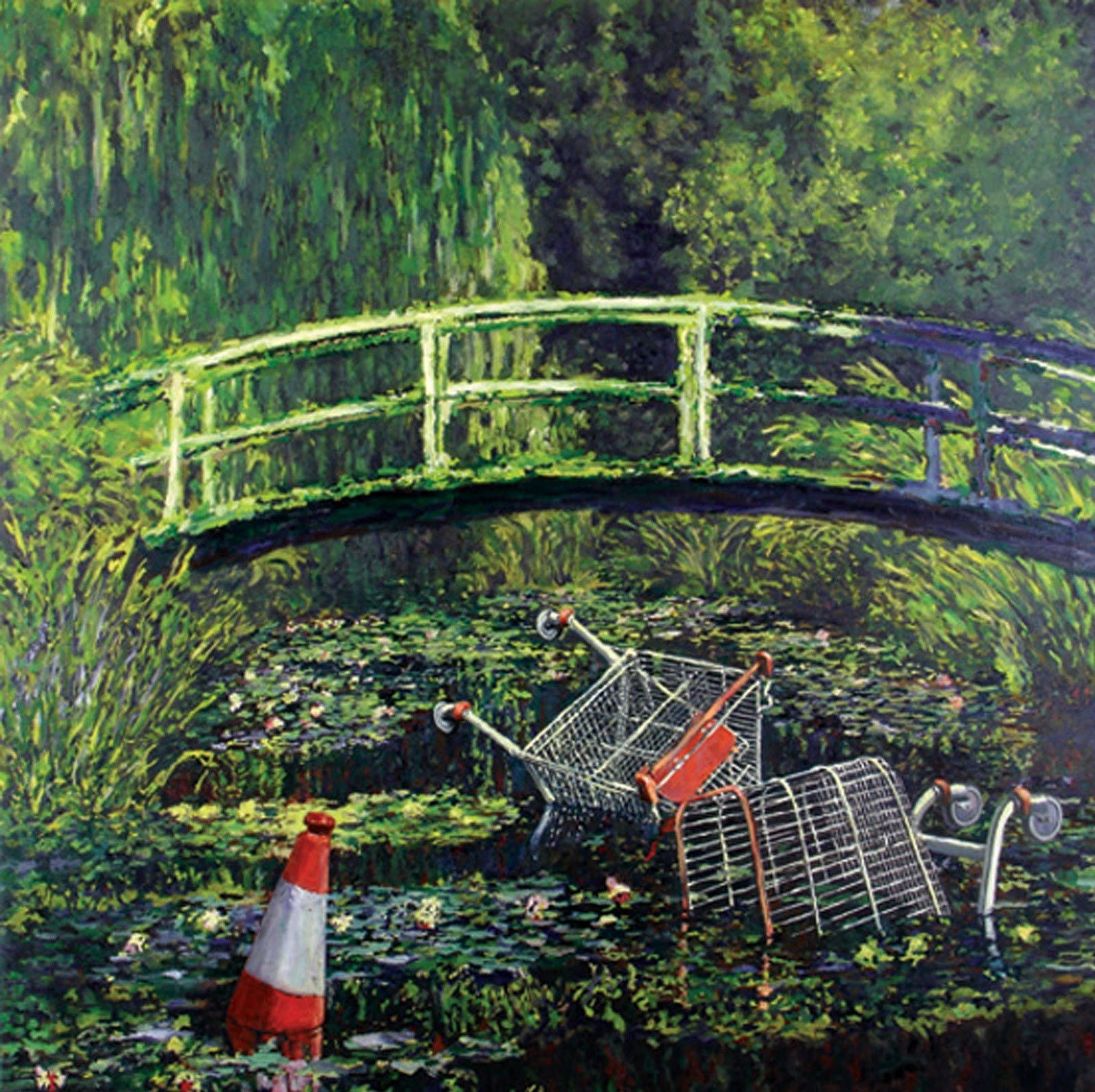
Banksy's Show me the Monet was inspired by Monet's Water Lillies.
While being credited for using renowned artists as a source of inspiration, Banksy has also been criticised for copying the work of fellow artists.
Blek le Rat, the artist name of French artist Xavier Prou, was one of the first Parisian graffiti artists in the 1980s and is often called the ‘Godfather of stenciling’. Prou too, was critical of society and expressed his political commentary through life-sized stenciling.
Though praising Banksy for his contribution to urban art, Blek later admitted in an interview for the documentary Graffiti Wars, that their work seemed a direct derivative of his and it made him “angry” to see someone else take credit for a technique and style in art that he spent years on developing.
So who is Banksy?
Even though we still don’t know and journalists and fans alike hunt to discover his, or their, real name, that might not be the thing that’s most important. Banksy is clearly a well-educated individual, or group of individuals, with extensive knowledge of both art history and current events.
Their political views are effortlessly incorporated in reworkings of famous artworks by famous artists. But despite their anti-establishment and anti-capitalist statements, Banksy knows exactly how to play the public.
Their secrecy might be due to their illegal nature of business but more than that, it is a major contribution to the brand. And while art critics debate their role in contemporary art, Banksy’s role in society is clear.
See for more available contemporary art and modern art our collection at Gallerease!
So whatever their real name(s), Banksy’s contribution to urban art goes well past their identity; Banksy provides younger generations with a reason to take a critical look at society, and not just to judge but also to participate in it.



